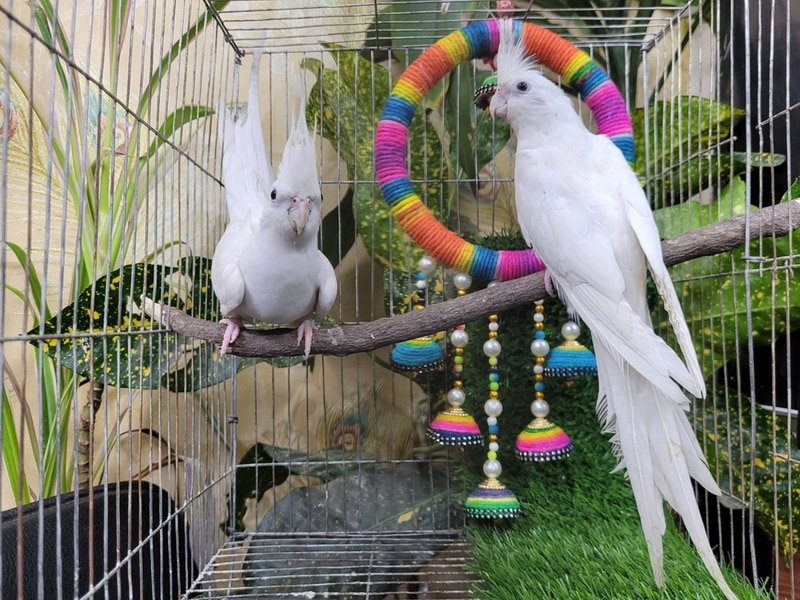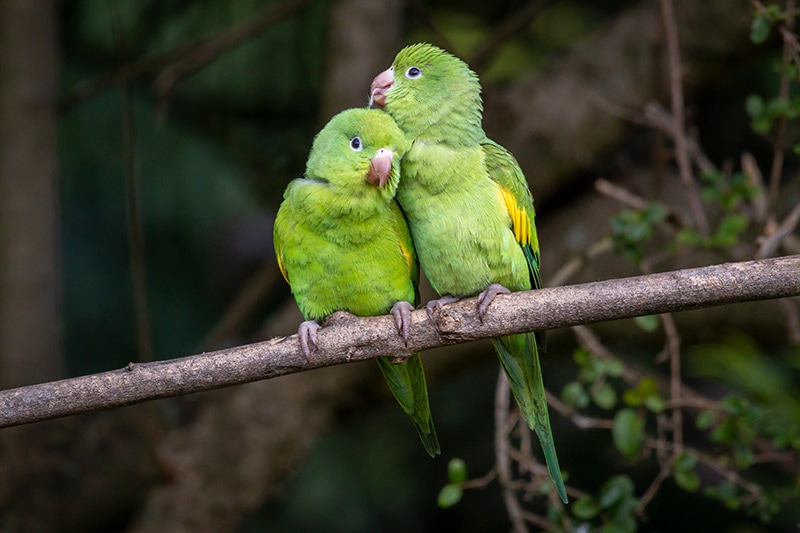5 DIY Parrot Cages You Can Make Today (With Pictures)
By Beth Crane
Updated on
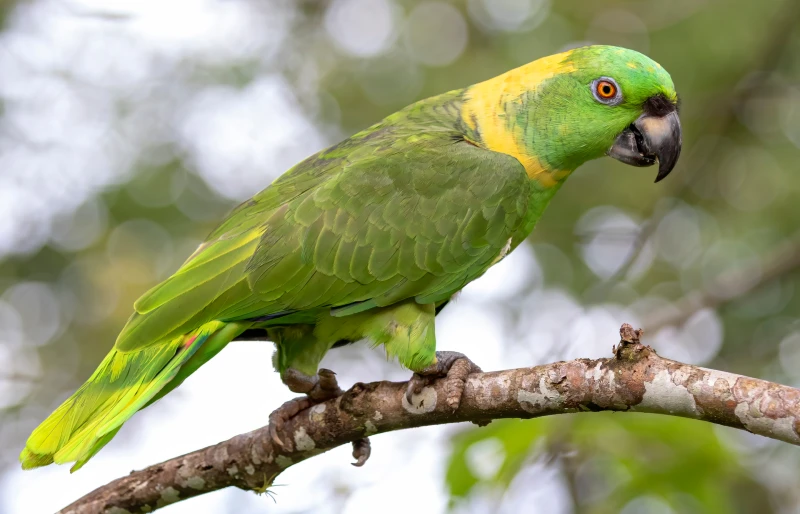
Parrots are long-lived, curious, and usually very big, which is why they need a large and sturdy cage to live in! Comfortable cages can be expensive, but you can try creating your own. We’ve collected five excellent DIY parrot cage plans that suit any budget, experience level, or parrot size! Most of these plans are completely customizable. We’ve laid out the basics below, so dive in and find your parrot’s next comfortable castle; remember to gather your tools and materials beforehand and have fun!
The 5 DIY Parrot Cages
1. Large Bird Cage
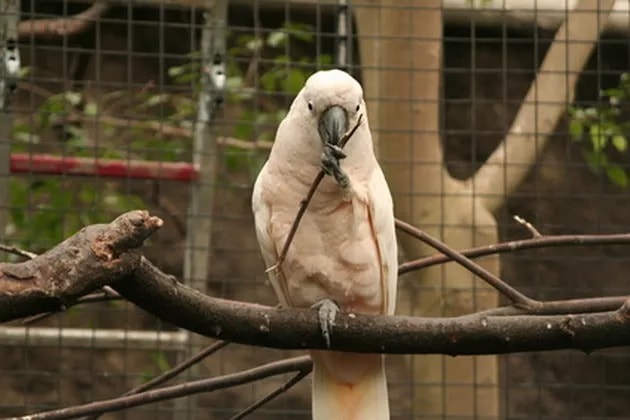
| Materials: | Untreated lumber/PVC, nails, screws, hinges, wire mesh, staples, lock, tray/tarp |
| Tools: | Saw, measuring tape, wire cutters, staple gun |
| Difficulty Level: | Medium |
This large bird cage plan is a little lacking in detail, which makes it moderately difficult, but it’s easy enough to follow. Creating a cage big enough for any parrot (from a Conure to a Macaw) is easy with clear instructions. This plan has helpful reminders added, such as soundproofing needs and where to place a door for easy cleaning and entry.
Make sure you take your parrot’s strength into account when selecting which wire mesh you’d like to use for the cage; the larger your parrot’s beak, the more likely they’ll be to try (and sometimes succeed!) to break the wire and wriggle free. Lastly, adding a tray or tarp to the plan makes cleanup easier and keeps your floors clean.
2. Custom Cage
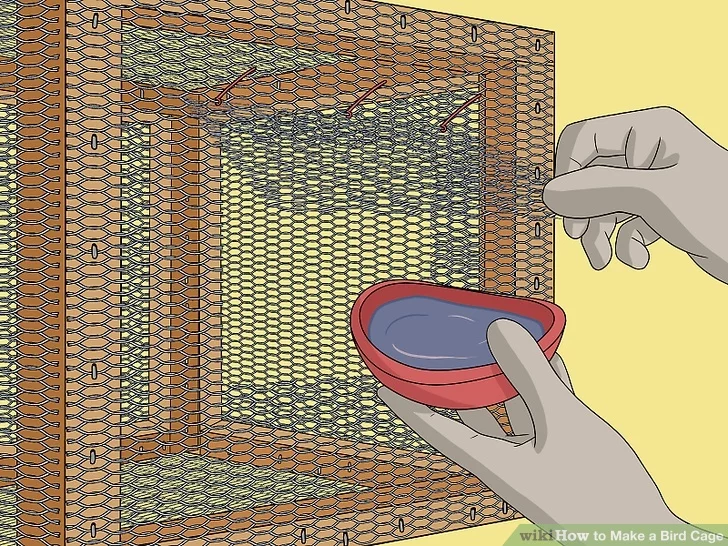
| Materials: | Paper, wire, mesh sheets, staples, untreated wood panels, nails, cable ties, locks, |
| Tools: | Pencil, saw, wire cutter, hammer, staple gun, gloves, nail gun, measuring tape |
| Difficulty Level: | Easy |
The size customization of this parrot cage plan is what makes it a good choice, alongside detailed step-by-step instructions. This plan is also fully illustrated, which allows you to compare your work to the original design.
The plan again calls for untreated wood since parrots are notorious chewers, and it’s flexible in the installation methods (depending on the tools you have to hand) you can use. What we liked most about this parrot cage plan was the inclusion of detailed measuring instructions with helpful scaling-up tips.
3. Wooden Cage With Drawer
| Materials: | Untreated wood planks, screws, plywood, metal joints, nails, wire mesh, hinges, casters, handle, backing material, wire bars |
| Tools: | Saw, drill, tape measure, hammer, wire cutters |
| Difficulty Level: | Easy |
This cage DIY is more suited to smaller breeds of parrots (such as Cockatiels and Conures), and the wire used in the instructional video could be too flimsy for a larger parrot. While this plan doesn’t give too much in the way of detail (there’s no speech in the video at all!), each step is carefully documented and is simple to follow.
While the pull-out drawers are a significant benefit to the cage, we would recommend a few changes. The creator of the cage used paint and vinyl material at the end of the video. Parrots are likely to chew paint off of the wood frame, which can potentially be toxic, and they’re also likely to tear at the fabric.
We’d advise not using them in your cage, but you can add a lock or latch on the front to keep your clever bird safe!
4. Wire Cage
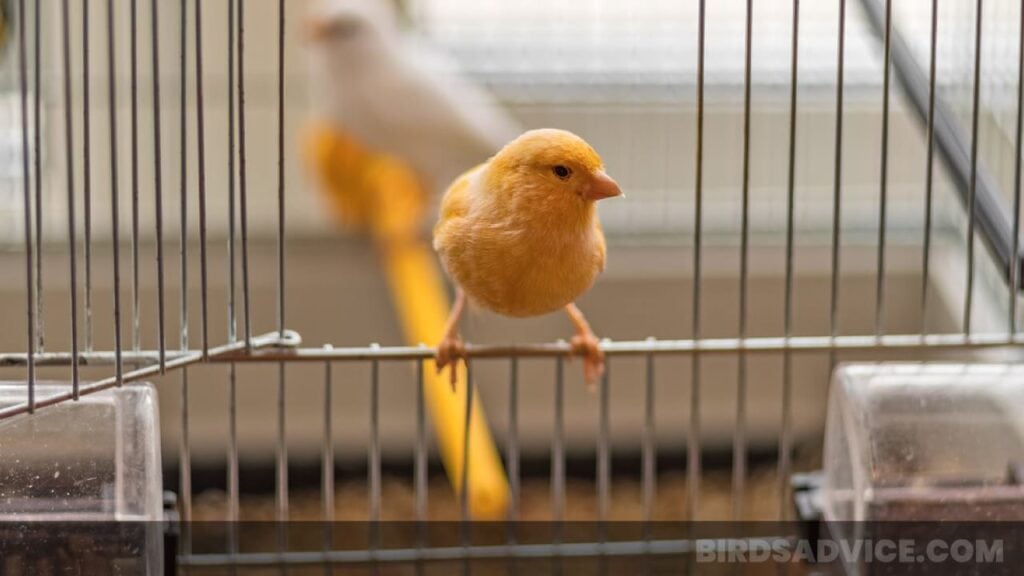
| Materials: | Pencil, paper, wire mesh, nails, staples, untreated wood planks, padlock, cable ties |
| Tools: | Hammer, staple gun, wire cutters, saw, gloves |
| Difficulty Level: | Easy |
Cages constructed out of wood and wire seem to be the best choice, and this 10-step bird cage is no exception! The steps are laid out with illustrations, but there’s not a list of needed materials.
There is a handy size guide at the beginning of the plan to help you decide how much material you’ll need, but remember to check all requirements for your parrot’s species and take the number that’ll be residing in the cage into account. While this design seems pretty basic, you can make additions if needed to make it more suitable for your pet.
5. Walk-In Aviary
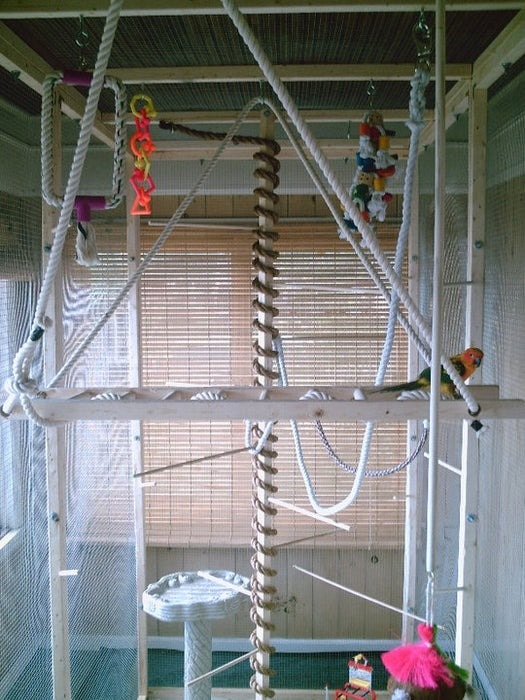
| Materials: | 2×2 planks of untreated wood, wire mesh, plumbers tape, screws, 4.5-inch bolts, nuts, washers, staples, hinges, latch, tensioning cable, linoleum |
| Tools: | Wire cutters, screwdriver, circular saw, drill, staple gun |
| Difficulty Level: | Medium |
This massive aviary is relatively difficult because of how large the finished cage is, but it can be completely customized to your needs since it’s designed to be modular. The original plan calls for galvanized wire, which is unsuitable for parrots since it’s toxic, so stick to safe metals only.
The size of the finished aviary is ideal for the larger breeds of parrot and works especially well if you can dedicate an area to them. The plan’s creators designed the cage so the door swings inwards and can be latched closed for safety, and they even showed off their Conures enjoying the cage at the end!
Why is Galvanized Wire Not Suitable For Parrots?
The galvanized wire should not be used in any part of your parrot’s cage because of the danger of zinc poisoning. As any parrot owner knows, a parrot will likely chew at or play with the cage bars. The zinc finish on the cage wire can come off and enter the parrot’s body.
While zinc isn’t toxic to parrots in small amounts, the effects are cumulative. This means that all the exposure to zinc adds up and can end up poisoning your pet! Zinc is taken in by the parrot and deposited into several organs, including the kidneys, liver, and muscles. While the kidneys excrete some zinc, it can quickly build up to toxic levels.
Final Thoughts
Parrots are beautiful and intelligent birds that need a large space to be kept happy. Cages large enough for parrots are often pricey and might not have as many features as smaller bird cages, which is why crafting your own is so attractive! By following these plans, you can build your parrot a stunning new home that’s safe and functional, as well as allowing you to flex your creative muscles and give your wallet a rest!
Featured Image Credit: Jim Cumming, Shutterstock

